
Iliac Crest Apophysitis Exercise Handouts
It is an inflammatory condition that may or may not occur due to trauma. It affects the growth
plate (apophysis) of the iliac crest, which means that the condition mostly occurs in teenagers,
in whom the iliac bone is still not fully formed.
In some, this growth plate becomes detached and inflamed. Apophysitis (inflammation of
apophysis) is thus a cause of pain only in growing bones. It means that the condition does not
occur in those older than 18 years of age. However, studies show that there are massive
individual differences. In some, the bone may finish its growth by 16-17 years, while in others
bit later. Additionally, it is worth understanding that the condition is more likely to occur in
boys, as in them, bones continue to grow for longer.
Some stretching exercises can help with iliac crest apophysitis. Many such exercises can be
done readily at home without any specific equipment like the exercises listed below.
Modified Thomas stretch
Step 1 – Be seated at the edge of a bed or bench with both legs hanging off the edge.

Step 2 – Lift one of your legs toward your chest, and lean back onto the table
simultaneously. You should experience a stretch in the front of the hip of the leg that is
hanging toward the floor.

- Repeat 10-12 times
- 3 sets in a row
- Once-daily
- 5 days a week
Supine Active Straight leg raise
Step 1 – Lie flat on your back with one knee bent up to protect the lower back. Slowly
raise the straight leg up toward the ceiling (~2-3 feet), activating the quadriceps and hip
flexor muscles. The toes of the raised leg should be pointed toward the ceiling.


Step 2 – After holding in the top position for 5 seconds, slowly lower the leg back to the
starting position

- Repeat 10-12 times
- 3 sets in a row
- Once-daily
- 5 days a week
Supine bridge
Step 1 – Tighten your abdominal and buttock muscles by pushing your low back to the
ground.

Step 2 – Raise your hips to create a straight line from your knees to your shoulders.
Next, tighten your abdominal muscles and draw your belly button toward your spine.

Step 3 – Hold for 25 to 30 seconds and lower the hips to return to the initial position.
- Repeat 8-12 times
- 3 sets in a row
- Once-daily
- 5 days a week
Clamshell with resistance
Step 1 – Start this exercise by lying on the side with knees bent at forty-five degrees.
Next, rest your head on your lower arm, and use your top arm to steady your frame.

Step 2 – Rest your head on your lower arm, and use your top arm to steady your frame.
Involve your abdominal muscles by drawing your belly button in, as this will help steady
your spine and pelvis. Keeping your feet touching, raise your upper knee as high as
possible without shifting your hips or pelvis. Don’t move your lower leg off the floor.

- Repeat 16-20 times
- 3 sets in a row
- Once-daily
- 5 days a week
Side stepping with resistance at ankles
Step 1 – The exercise is more or less self-explanatory. You wear the resistance band at
the ankles while standing in a relaxed position.

Step 2 – Next is to step to the side against the band’s resistance.

Step 3 – Step to alternate side

- Repeat 10-12 times
- 3 sets in a row
- Once-daily
- 5 days a week
Half-Kneeling Hip flexor stretch
Step 1 – Start by kneeling on the yoga mat. Next, move one of your feet forward like in
lunges, ensuring that the knee is directly above the ankle. Now place both the hands on
the knee of the extended leg.

Step 2 – Stretch your hip flexor by moving forward. At the same time, squeeze the
glutes of other hips

Step 3 – Hold the position for 30-45 seconds
- Repeat 10 times
- 3 sets in a row
- Once-daily
- 5 days a week
Single leg bridge
Step 1 – Raise your hips and tighten your abdominals and buttock muscles to support
the lift until your shoulders and knees are straight. Next, tighten your core muscles
simultaneously as if trying to pull your belly button back toward your spine.

Step 2 – Stay in the position for just about a couple of seconds.

Step 3 – Lower the hips to the floor slowly and with control, keeping the leg extended to
return to the starting position.

- Repeat 8-10 times
- 3 sets in a row
- Once-daily
- 5 days a week
Quadruped alternating leg extensions
Step 1 – Start with a dog pose or quadrupeds, resting on the knees and hands.

Step 2 – Extend one of the legs back, raising it parallel to the floor by tightening the
glutes.

Step 3 – Repeat alternating for each leg.
- Repeat 8-10 times for each leg
- 3 sets in a row
- Once-daily
- 5 days a week
Reverse lunge
It has all the benefits of regular lunges: strengthening the things or quads, improving
balance, lower back strengthening, and training core muscles.
However, unlike regular lunges, you only do it in a reverse manner. Instead of
lunging one leg forward, you take the other leg backward, thus resulting in a lunge
motion.

- Repeat 16-20 times
- 3 sets in a row
- Once-daily
- 5 days a week

Side lunge adductor Stretch
Step 1 – Stand straight with feet shoulder apart from each other.

Step 2 – Move one of the feet to make a lateral or side lunge, and at the same time,
bend forward to touch the floor. This will ensure adductor stretch, too.


- Repeat 10-12 times
- 3 sets in a row
- Once-daily
- 5 days a week

Wisler Saint-Vil, MD
Sports Medicine Physician
Marietta Memorial Sports Medicine
department medical director
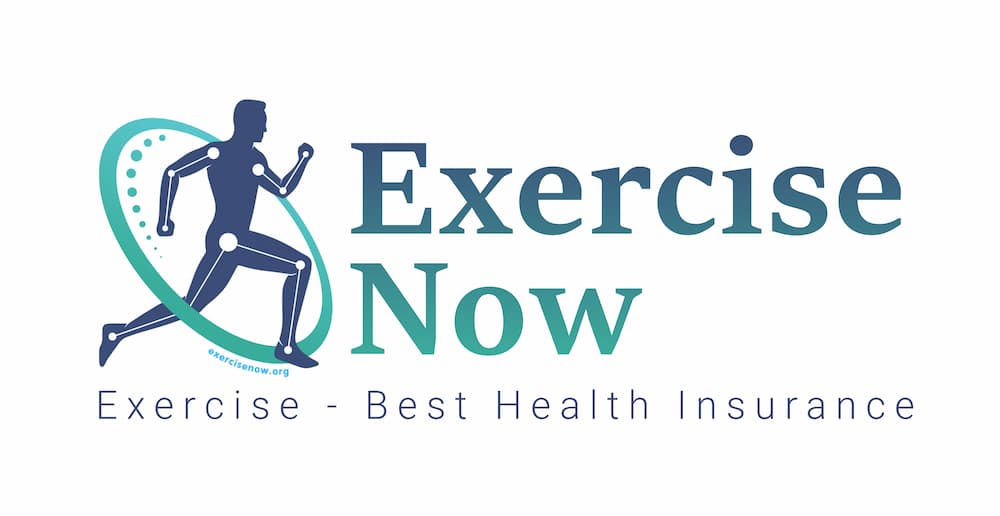



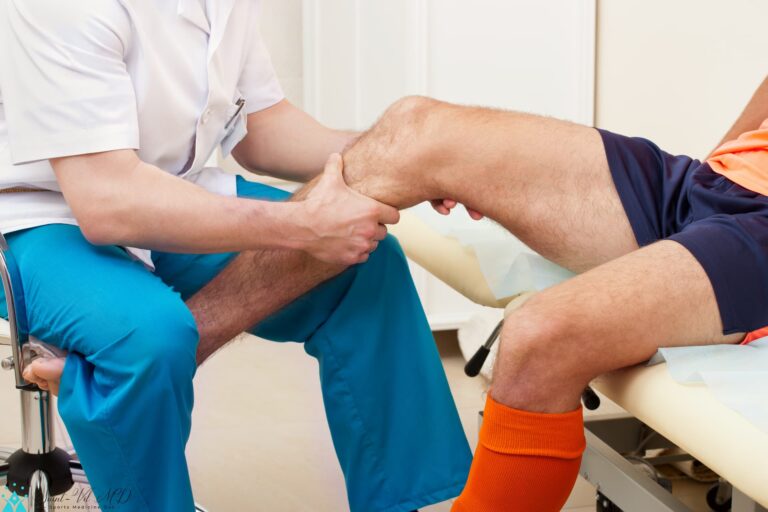
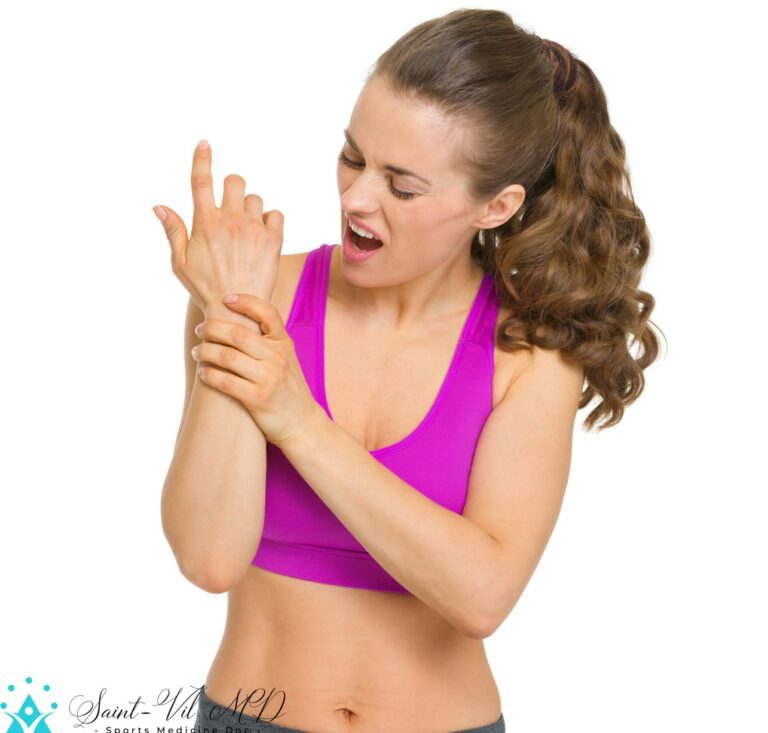
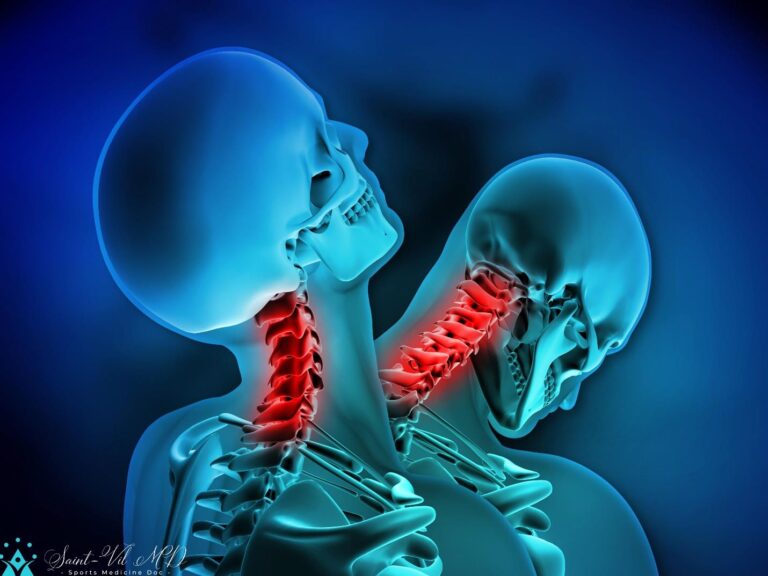
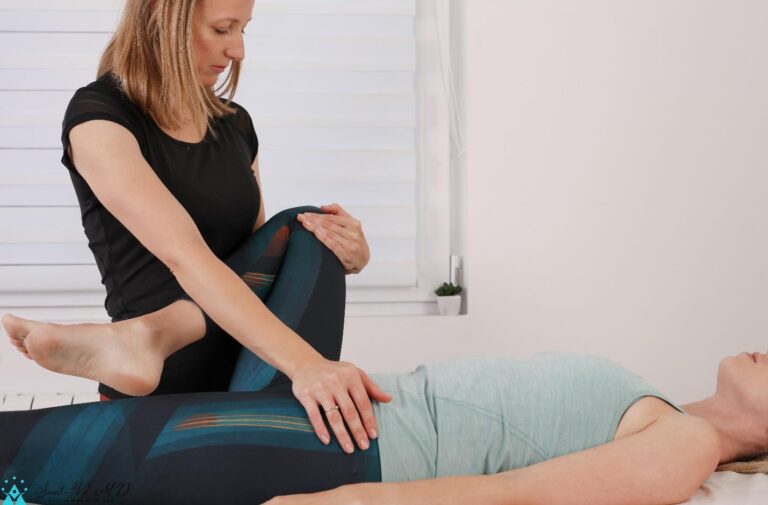
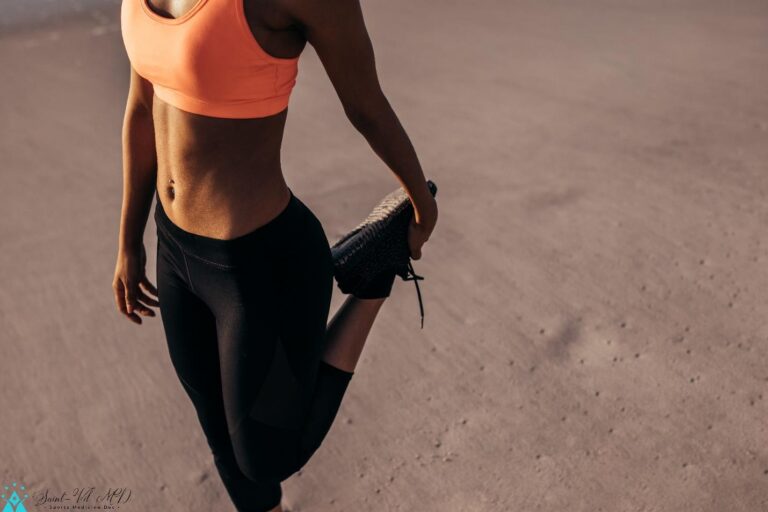
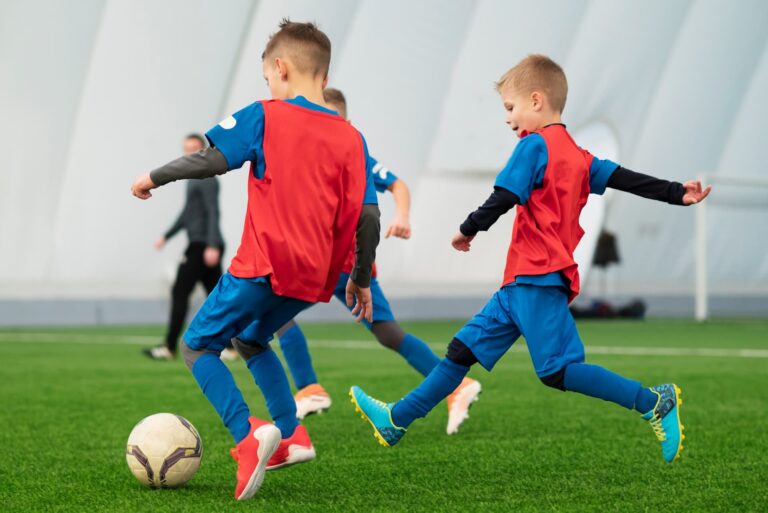



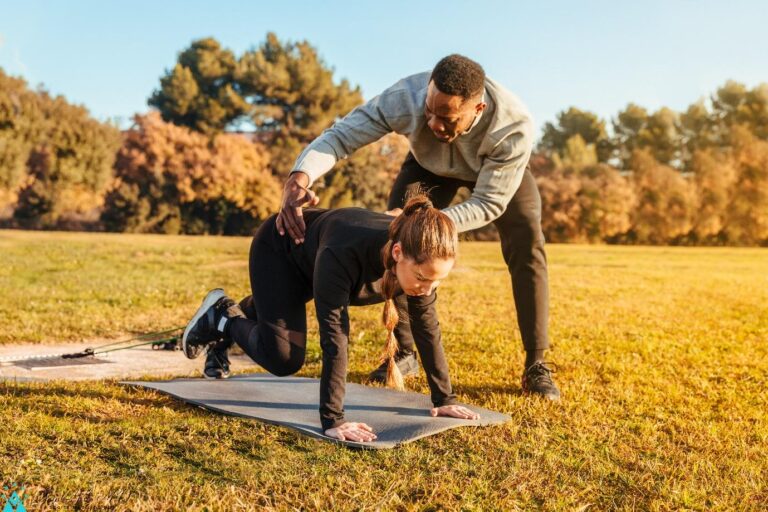


coursework masters vs research masters coursework based masters coursework at a college or university creative writing english coursework
coursework title page coursework quotes jd coursework coursework vs course work
coursework title page coursework quotes jd coursework https://courseworkdownloads.com/
custom coursework writing service do my coursework online coursework b science titles coursework student
custom coursework writing service do my coursework online coursework b science
titles https://buycoursework.org/
nea coursework history a level coursework on resume
coursework in korean coursework noun
nea coursework history a level coursework on resume coursework in korean https://courseworkinfotest.com/
coursework hours coursework phd course workload degree coursework
coursework hours coursework phd course workload https://writingacoursework.com/
king’s college london coursework coursework writing service
data analysis coursework https://brainycoursework.com
king’s college london coursework coursework writing service data analysis
coursework https://brainycoursework.com/
meet singles online flirting dating site dateing sites single chat line free
best free dating sites free dating without registration singles n dating site
best free dating sites free dating without registration singles https://sexanddatingonline.com/
totally free chat dating site all dating sites in usa 100% absolutely free
people search single website
totally free chat dating site all dating sites in usa
100% absolutely free people search https://onlinedatingsurvey.com/
dating sims free online japanese adult single women dating free
dating sites for single men and women dating free site online
dating sims free online japanese adult single women dating
free dating sites for single men and women https://freewebdating.net/
best dating websites single ladies single site web local dating sites for free
best dating websites single ladies single site web https://datingwebsiteshopper.com/
best sites for online dating free single dating sites beastiality dating canada jewish-dating-online.net
best sites for online dating free single dating
sites beastiality dating canada https://jewish-dating-online.net/
totally free dating sites no fees ever free dating sites without registering or
fees free single dating service 100% free dating
totally free dating sites no fees ever free dating
sites without registering or fees free single dating service https://free-dating-sites-free-personals.com/
online dating best sites free meet girls for free internet
dating service
best free dating sites totally free dating sites local local singles near me free date online site
best free dating sites totally free dating sites local local singles near me free https://onlinedatingsuccessguide.com/
custom essays writing service which is the best essay writing service essays
online to buy buy essays online
reviews for essay writing services legitimate essay writing services narrative essay help cheapest essay writing service
write my essay discount code the best essay writing services essay writing services
scams custom essay writing company
write my essay discount code the best essay writing services
essay writing services scams https://customcollegeessays.net/
help write an essay online custom essay services best essay writing service reviews college essay help service
help write an essay online custom essay services best essay writing service reviews https://customs-essays-writing.org/
college essay review services buy essay online cheap history essay writing service essay help service
college essay review services buy essay online cheap history essay writing service https://howtobuyanessay.com/
essay community service best essay help best online essay writer sat essay help
essay community service best essay help best online essay writer https://writemyessaycheap24h.com/
common app essay help mba essay review service need help writing a essay custom writing essays services
common app essay help mba essay review service need help writing a essay https://cheapessaywritingservice1.com/
best writing services reviews essay writing services online are essay writing services legal help me write a essay
best writing services reviews essay writing services online are essay
writing services legal https://bestcampusessays.com/
need help to write an essay essay introduction help essay writing service forum uc essay help
need help to write an essay essay introduction help essay
writing service forum https://lawessayhelpinlondon.com/
cheap custom essay papers write my essays best online essay
writers help with writing essays at university
cheap custom essay papers write my essays best online essay writers https://bestessaysden.com/